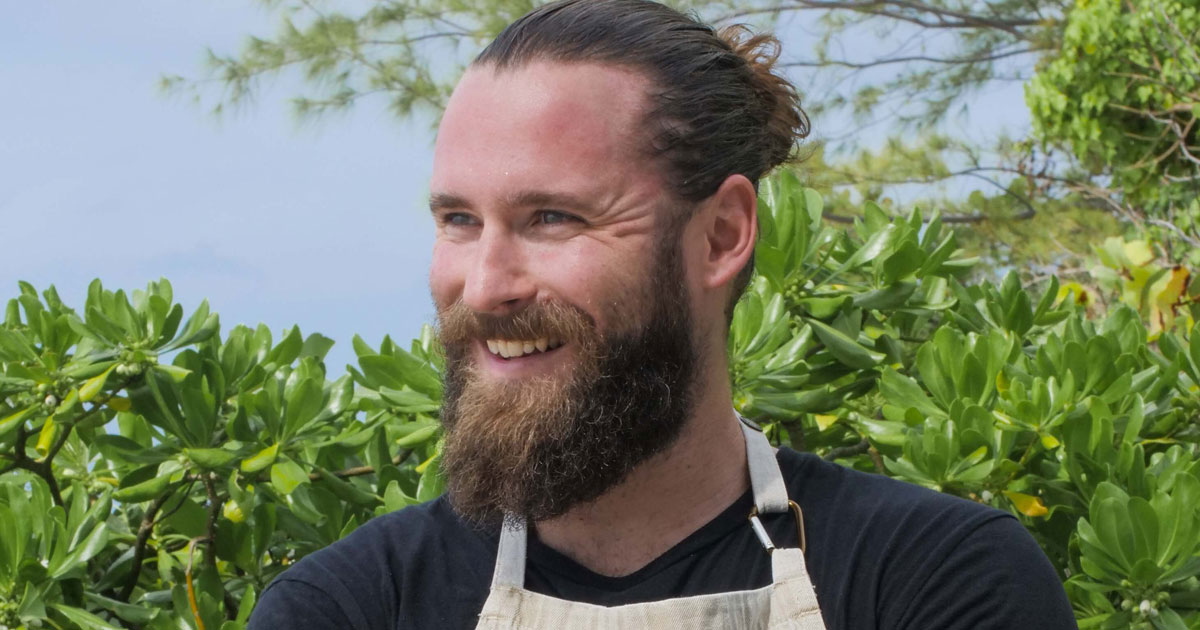
Cayman Islands-based Food Network chef Dylan Benoit celebrates the region’s favourite spirit, and offers a sinful rum-infused recipe
Created in the Caribbean by Caribbean people, rum is now embraced by the world — an essential presence in every self-respecting bar and restaurant. It’s become a lifestyle brand. The word alone conjures up images of white sand beaches, sunny skies, palm trees and good times with family or friends — especially if it’s being enjoyed on a cold New York or Toronto evening in February.
Until quite recently, rum was fighting for a place in international markets. Only a select few producers and brands had global reach, resulting in a bland and inaccurate representation of what Caribbean rums were all about. Distinctive rums and small producers were largely relegated to their respective home regions, and connoisseurs would travel far and wide in search of new and interesting brands.
However, the alcohol industry has blossomed in recent decades, and the growth of the global village and easier international transportation have made great rums more easily accessible across the world. You can likely pick up your favourite Caribbean rums — like Trinidad’s Angostura brands, Guyana’s Demerara, Jamaica’s Appleton, or Barbados’ Mount Gay — in fine liquor shops in many countries, and even order them online.
For many of us in the Caribbean, rum flows figuratively (and for some maybe literally) through our veins. There’s a wide variety of styles and flavours: some are light, others more caramel, and some are dark. Many are sweet and smooth, others more brash, strong and bold. Some are born high up in the mountains, and others (like one in the Cayman Islands) spend much of their life ageing below the surface of the sea, where the tidal movement of the water helps the rum to interact with its wooden barrels and accelerates the ageing process. Some are from a single district, a pure representation of their location, while others are a blend of the best the Caribbean has to offer.
Regardless of colour or country, Caribbean people are intensely proud of this precious elixir that we are proud to call our very own.
Recipe:
Sticky toffee banana pudding
The rum toffee sauce
4 tbsp butter
½ cup dark corn syrup
¹⁄³ cup light brown sugar
¹⁄³ cup heavy cream
¼ cup (or more) rum of your choice
Stir in the heavy cream and bring to a simmer.
Remove from the heat and add the rum. Set aside to cool to room temperature.
In a small sauce pot, combine butter, corn syrup and sugar.
On medium heat, stir until sugar dissolves and mixture is bubbling.
Stir in the heavy cream and bring to a simmer.
Remove from the heat and add the rum.
Set aside to cool to room temperature.
The banana cake
½ stick of butter, room temperature
1 ½ cup all-purpose flour
1 ½ cup ripe banana mashed
1 tsp baking soda
1 tsp baking powder
1 tsp salt
1 cup sugar
1 tsp vanilla extract
2 large eggs
In a small bowl, mix the baking soda with the banana mash and set aside.
In a medium bowl, mix the flour, baking powder and salt.
In a large bowl, mix the butter, sugar and one egg, then add half the flour mixture and half the banana mash and mix well.
Add the second egg and remaining flour mixture and banana mash.
Mix the batter well and pour into the buttered and floured ramekins.
Bake at 350˚F for 12–15 minutes or until the middle sets.
Remove and allow to cool slightly before removing from ramekin and topping with toffee sauce (above) and vanilla ice cream.
Chef Dylan Benoit is a Canadian chef, restaurateur, writer and television host now based in the Cayman Islands. Dylan can be found cooking as a personal chef across the Caribbean when he’s not in Canada hosting Fire Masters (Food Network Canada, Cooking Channel US and Blaze TV UK).
Spirit of the Caribbean
No one knows for sure who drank the very first shot of good Caribbean rum. But it was around 1650, and it was in Barbados: the enslaved workers on Barbados’s sugar plantations discovered that molasses, a by-product of sugar manufacturing, could be boiled up into alcohol.
The new brew was powerful: they called it kill-devil, demon water, rumbullion (suggesting revelry, exuberance and boisterousness). A notorious Barbadian document of 1651 fumed: “The chief fuddling they make in the island is Rumbullion, alias Kill-Divil, and this is made of sugar canes distilled, a hot, hellish, and terrible liquor.”
Soon rumbullion was shortened to simply rum, and a thriving industry grew up and spread. By 1654, Connecticut had to confiscate all “Barbados liquors, commonly called kill devil and the like”. But Staten Island opened a rum distillery; so did Boston. Pirates loved rum, Atlantic slavers bartered it, French brandy merchants feared it. The British navy gave its sailors a daily tot; George Washington ordered a barrel of Barbados rum for his inauguration, and Australia even had a “Rum Rebellion”.
The world’s oldest surviving rum distillery, Mount Gay, was opened as early as 1703 — appropriately in Barbados.
— Jeremy Taylor
